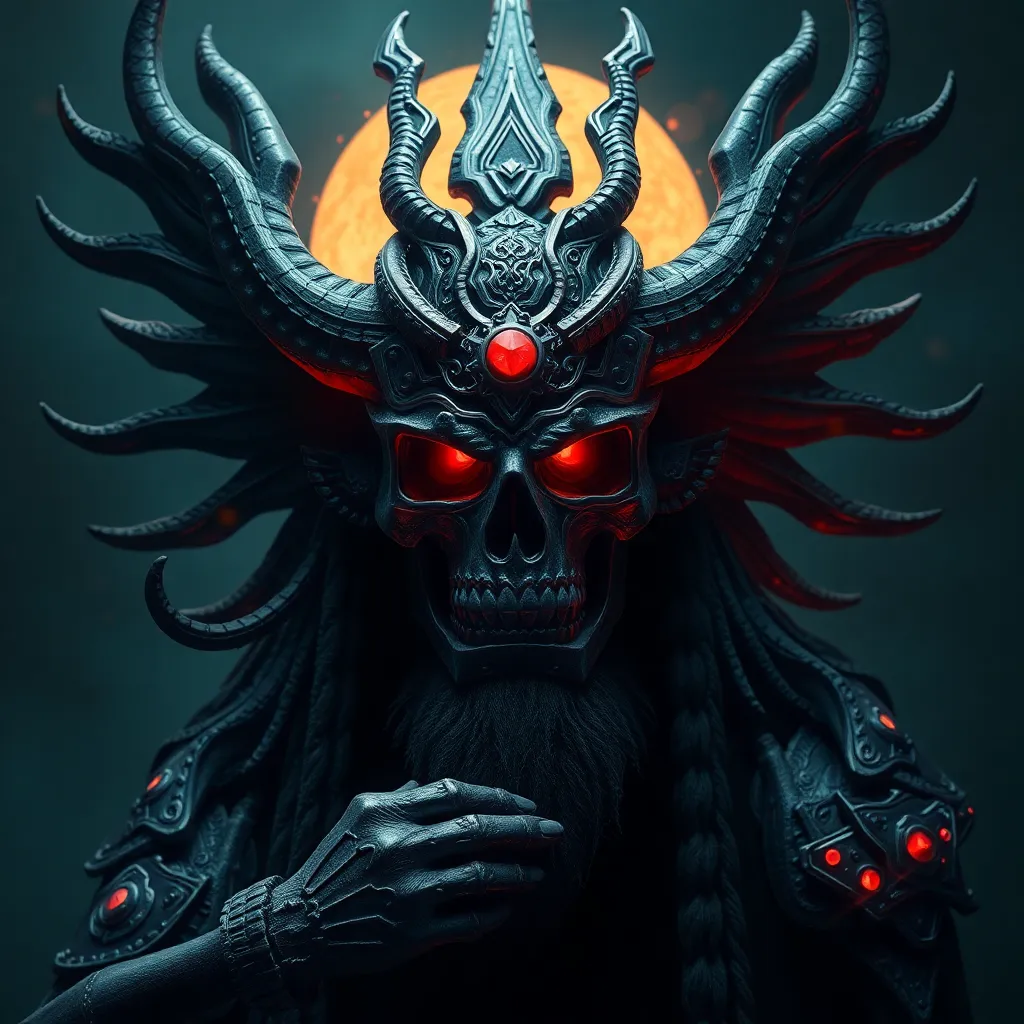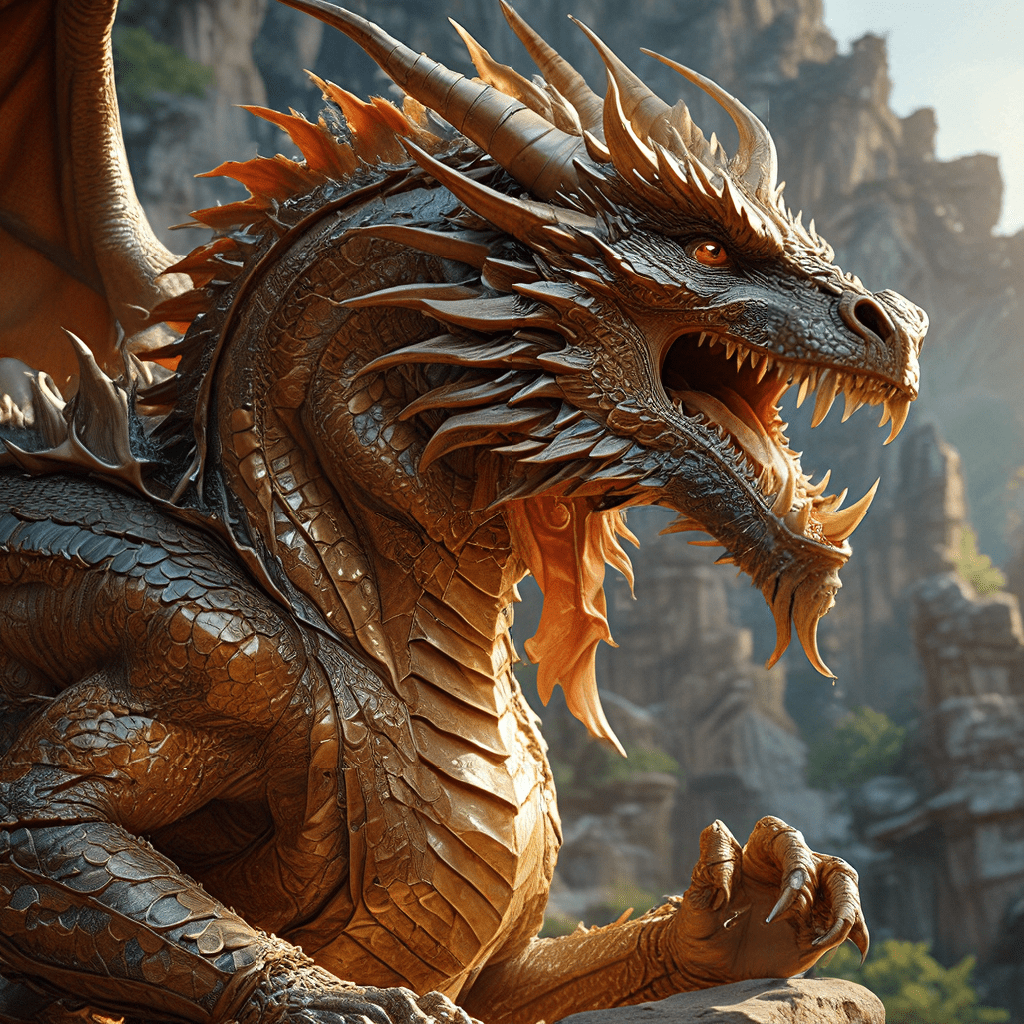Ah Puch in Modern Mythology: Reinterpreting the God of Death for the 21st Century
I. Introduction
Ah Puch, the Mayan God of Death, holds a significant place within the rich tapestry of Mayan mythology. Often depicted as a skeletal figure embodying decay and the inevitable end of life, Ah Puch represents not just death, but the cyclical nature of existence. As we navigate the complexities of contemporary culture, the importance of mythology—especially that of death—becomes increasingly relevant.
This article aims to explore modern reinterpretations of Ah Puch, examining how this ancient deity resonates in today’s society and contributes to our understanding of mortality, heritage, and cultural identity.
II. Historical Context of Ah Puch
Ah Puch originates from the Mayan civilization, where he served as one of the primary gods associated with death and the underworld. His significance lies in the intricate beliefs surrounding death in Mayan culture, where it was seen as a transition rather than an end. Ah Puch was integral to rituals, funerals, and the overall cosmology that governed the lives of the Mayans.
In terms of iconography, Ah Puch is often portrayed with skeletal features, adorned with symbols of decay. His attributes include:
- A skeletal body
- Emblems of death like the owl and the skull
- A nose resembling a skull, emphasizing his connection to death
- Various representations in art and pottery
His role in Mayan cosmology was pivotal, influencing rituals and practices that revolved around death, the afterlife, and communication with ancestors.
III. The Evolution of Death Deities in Modern Mythology
As society evolves, so too does the portrayal of death deities. A comparative analysis of Ah Puch with other death gods, such as Hades from Greek mythology and Anubis from Egyptian mythology, reveals both similarities and differences. Each god embodies unique cultural perceptions of death, shaped by the values and beliefs of their respective societies.
In contemporary society, perceptions of death have shifted significantly:
- From fear and avoidance to a more open dialogue about mortality.
- An increased focus on celebrating life and understanding death as a natural part of existence.
This shift influences modern interpretations of Ah Puch, moving from a figure of dread to one that invites exploration and understanding.
IV. Ah Puch in Popular Culture
Ah Puch’s presence in popular culture is notable, influencing a variety of mediums, including literature, film, and video games. His character has been adapted to fit contemporary narratives, often highlighting themes of loss, the afterlife, and cultural identity.
Examples of his representation include:
- Literature: In books that explore Mayan mythology, Ah Puch often serves as a complex antagonist or a guide through the underworld.
- Film: Various documentaries and fictional films depict Mayan culture, featuring Ah Puch to illustrate the significance of death in ancient societies.
- Video Games: Titles that delve into mythology include characters inspired by Ah Puch, presenting him as a formidable force in gameplay and storytelling.
These representations not only entertain but also educate audiences about Mayan culture and its beliefs surrounding death.
V. Symbolism of Ah Puch in the 21st Century
In the modern context, Ah Puch symbolizes more than just death; he embodies themes of mortality and the afterlife. The relevance of these themes in contemporary society is profound:
- Mortality: Ah Puch invites reflection on the fragility of life and the natural cycle of existence.
- Personal and Collective Loss: His narrative resonates with those experiencing grief, serving as a metaphor for the pain of losing loved ones.
- Cultural Identity: Ah Puch represents a connection to heritage, allowing for an exploration of cultural identity through the lens of mythology.
As society grapples with issues of identity and loss, Ah Puch’s symbolism remains pertinent.
VI. The Role of Technology in Reinterpreting Ah Puch
The digital age has transformed the way we engage with mythology. Technology plays a crucial role in the reinterpretation of figures like Ah Puch:
- Digital Media: Online platforms allow for the dissemination and reinterpretation of myths, making them accessible to a global audience.
- Virtual Reality: Immersive storytelling experiences enable individuals to explore the narratives surrounding Ah Puch in interactive ways, fostering a deeper understanding.
- Social Media: Platforms like Instagram and TikTok serve as modern myth-making spaces, where stories about Ah Puch can be shared, adapted, and reinterpreted.
This technological engagement reflects a dynamic interaction between ancient myths and contemporary culture.
VII. Community Engagement and Cultural Revitalization
Efforts to revive and reinterpret Mayan mythology are increasingly led by indigenous communities. These initiatives are crucial for preserving cultural heritage while making it relevant in modern contexts:
- Storytelling Workshops: Community-led programs teach the myths and traditions surrounding figures like Ah Puch.
- Art Exhibits: Local artists showcase their interpretations of Ah Puch, blending traditional storytelling with contemporary art forms.
- Educational Initiatives: Schools and universities incorporate Mayan mythology in their curricula, fostering awareness and appreciation among younger generations.
Such efforts empower communities to reclaim their narratives and ensure the legacy of Ah Puch endures.
VIII. Conclusion
In summary, Ah Puch, the Mayan God of Death, remains a powerful symbol in modern society. His reinterpretation reflects our changing attitudes towards mortality, cultural identity, and the role of mythology in contemporary life. As we continue to explore the relevance of figures like Ah Puch, it is clear that they provide valuable insights into our collective experience of life and death.
The future of studying and interpreting mythological figures like Ah Puch holds promise, as new cultural dialogues emerge and technology continues to reshape how we engage with ancient narratives.



